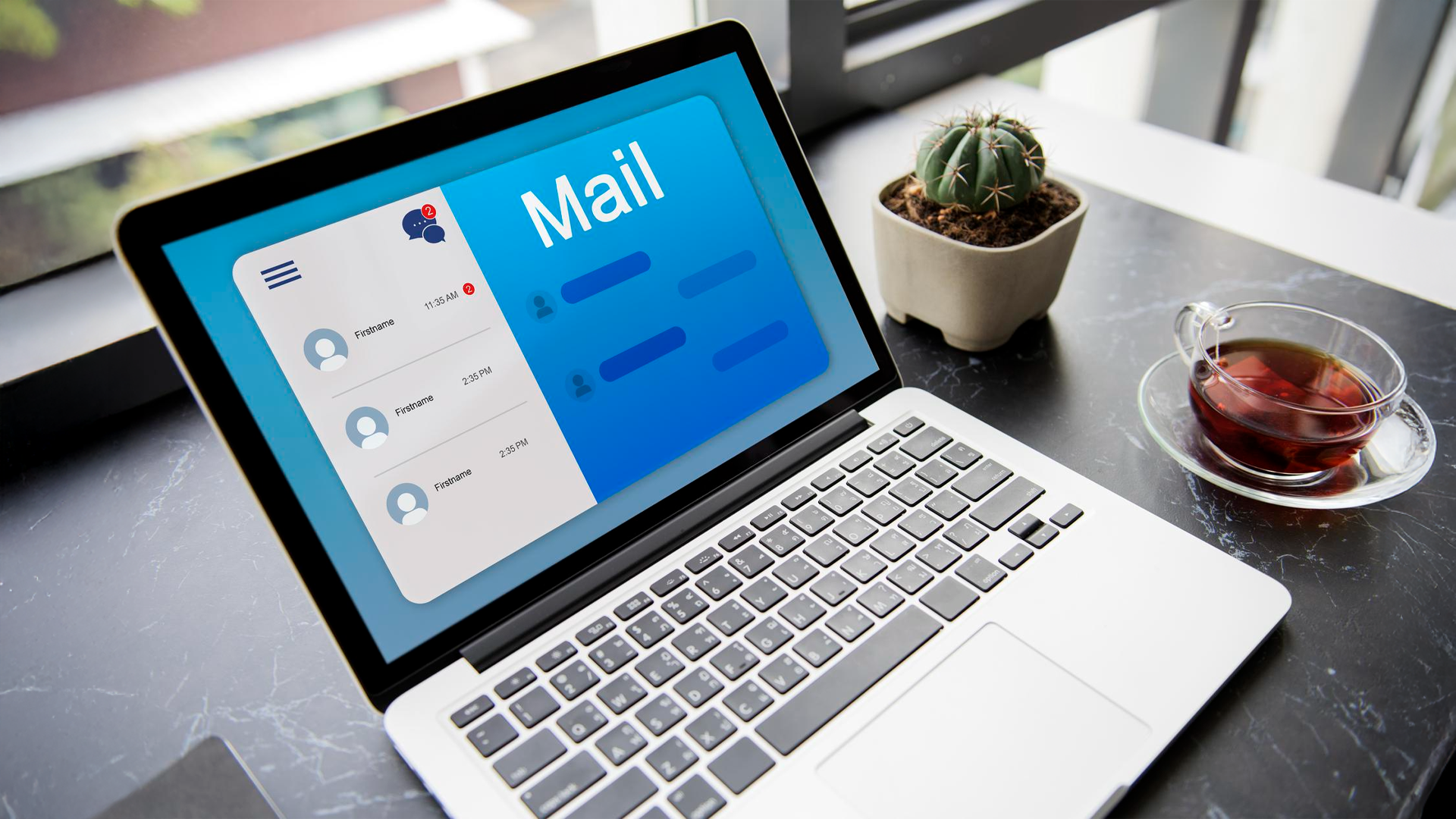Top 10 Email Marketing Campaigns That Drive Results
Introduction
Email marketing continues to dominate digital marketing, with an impressive potential ROI of $36 for every $1 spent, making it one of the most profitable marketing channels available today. While social media algorithms limit organic reach and paid advertising costs continue to rise, successful email marketing campaigns provide direct access to your target audience with measurable, predictable results.
Strategic email campaigns drive quantifiable outcomes including increased sales, enhanced customer retention, and stronger brand loyalty. The most effective email marketing campaign examples consistently deliver high engagement rates, with top performers achieving open rates of 40-55% and click-through rates exceeding 4-6% — significantly outperforming industry averages of 18-25% and 2-4% respectively.
Viewing other email marketing guides as well as reading this article, you can discover 10 most powerful email marketing campaign types that consistently generate results. From welcome email sequences that drive 320% higher revenue per email to abandoned cart campaigns recovering 15-25% of lost sales, these proven email marketing strategies will help you choose and implement campaigns based on documented success metrics.
Whether you’re looking to boost sales, engage subscribers, or build lasting customer relationships, these email marketing examples provide actionable frameworks for measurable growth. In particular, this article features some of the best email marketing examples to inspire your next campaign and demonstrate how personalization, design, and timing can drive outstanding results.
If you’re seeking a comprehensive resource for launching a successful email marketing campaign, this blog post will provide you with in-depth guidance and expert advice.
What Makes an Email Marketing Campaign Results-Driven?
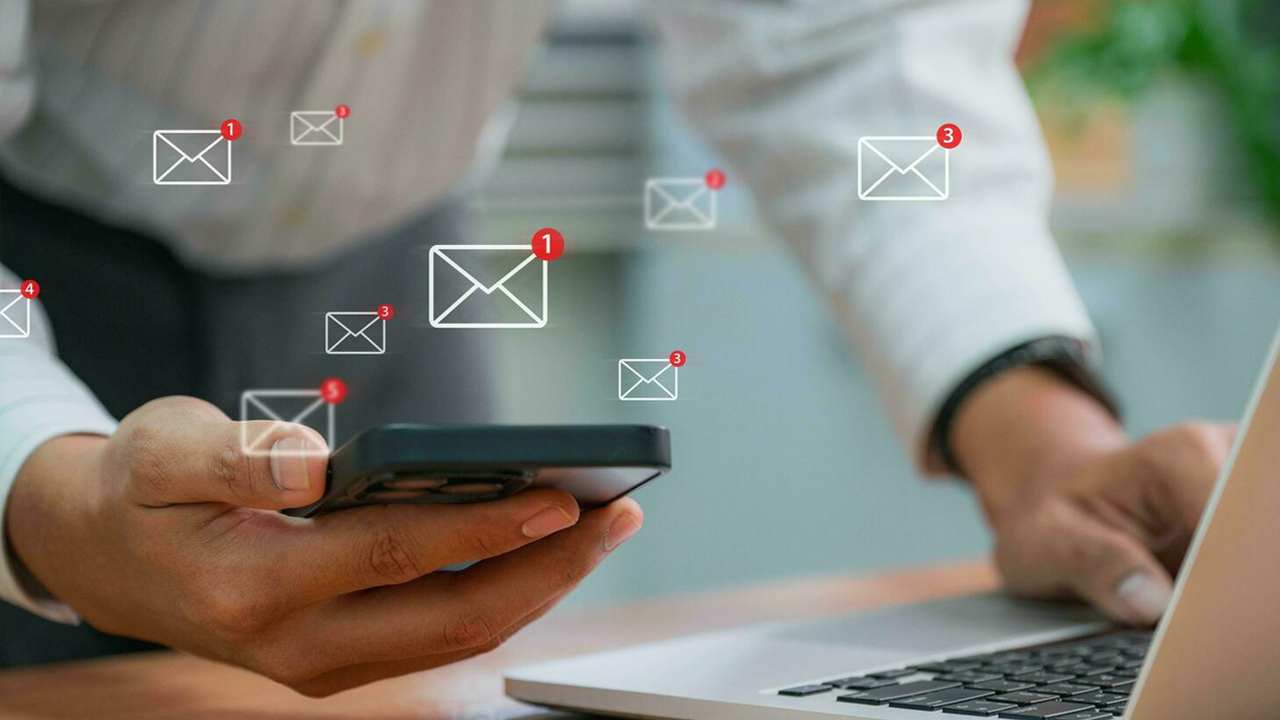
Results-driven email marketing campaigns focus exclusively on measurable outcomes that directly impact business growth. Unlike generic promotional emails, these campaigns target specific conversion rates, revenue generation, and customer lifetime value improvements through strategic design and execution.
The key performance indicators that separate successful email marketing campaigns from average ones include conversion rates above 2%, click-through rates exceeding 4%, and direct revenue attribution. The email marketing process involves a series of steps—planning, content creation, execution, and analysis—that are essential for achieving results-driven outcomes and optimizing campaign performance.
Strategic timing, advanced audience segmentation, and clear business objectives form the foundation of an effective email campaign as a strategic tool for achieving business objectives. The most successful email campaigns align perfectly with specific customer journey stages, delivering relevant content when subscribers are most likely to engage and convert.
Results-driven email marketing strategies integrate seamlessly with broader business goals, whether that’s driving immediate sales, nurturing leads through complex purchase cycles, or building long-term customer relationships that increase lifetime value and reduce churn rates.
Essential Elements for High-Converting Email Campaigns
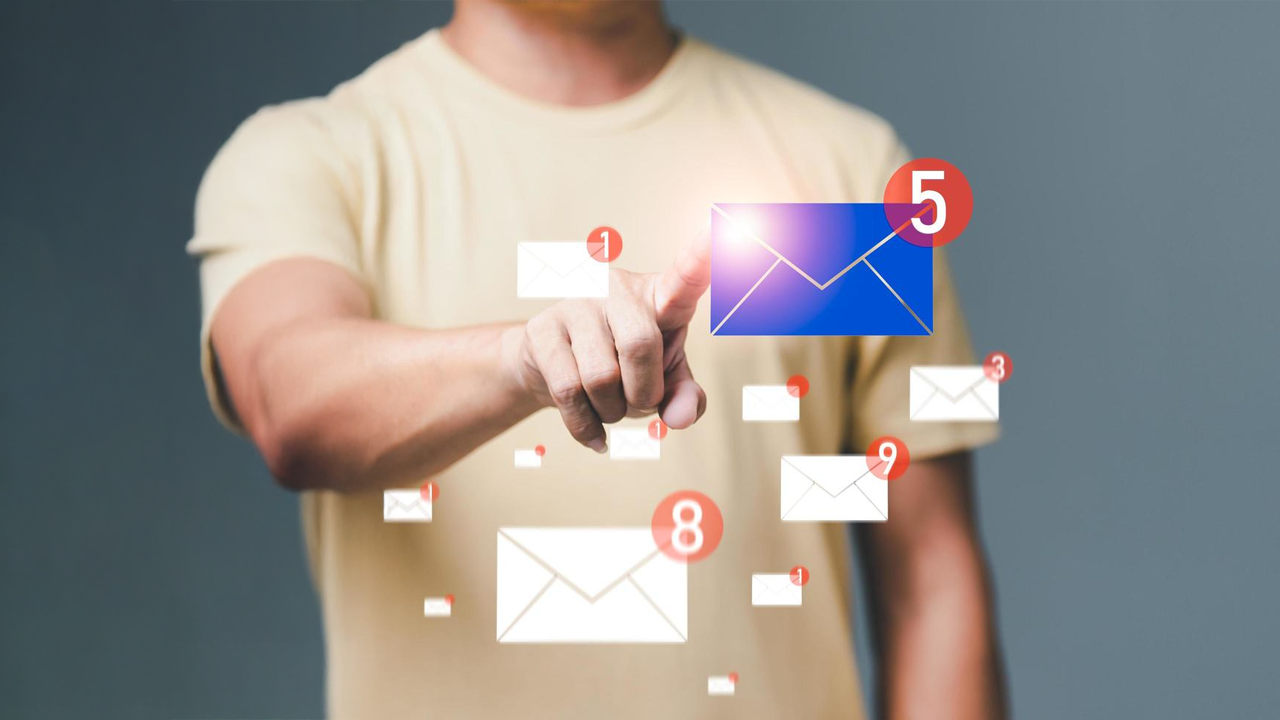
Setting SMART goals with specific conversion targets and revenue objectives ensures every email marketing campaign delivers measurable business impact. Successful email marketing campaigns begin with clear metrics: target open rates, desired click-through rates, specific conversion goals, and revenue expectations that align with broader digital marketing strategy.
Advanced audience segmentation using behavioral data, purchase history, and engagement patterns dramatically improves campaign performance. Customer data analysis reveals that segmented email campaigns can achieve conversion rate increases exceeding 200%. At Digistore24, carefully segemented lists have been central to pushing higher conversion rates, year-on-year.
Personalization strategies including dynamic content, personalized subject lines, and targeted messaging create more relevant experiences for email subscribers. Effective personalization goes beyond inserting names - it leverages customer behavior, purchase history, and preferences to deliver content that resonates with individual subscriber needs and interests.
Optimizing the email creation process with template builders and automation tools streamlines workflow, improves efficiency, and ensures emails are both targeted and engaging.
A/B testing methodologies optimize every element of email campaigns, from subject line variations that can improve open rates by 15% to CTA placement that maximizes click-through rates. Continuous testing of send times, email frequency, content formats, and promotional offers ensures ongoing campaign optimization and performance improvement.
Key metrics tracking including ROI measurement, customer lifetime value impact, and attribution analysis provides the data foundation for scaling successful campaigns. Integration with CRM systems and e-commerce platforms enables comprehensive performance tracking that connects email engagement directly to revenue generation and business growth.
The Role of Email Marketing in Your Digital Strategy

Email marketing remains a cornerstone of any effective digital marketing strategy, offering unparalleled opportunities to connect directly with your target audience. As marketing campaigns become increasingly data-driven and personalized, email marketing campaigns stand out for their ability to deliver tailored messages that nurture leads and drive sales at every stage of the customer journey.
A successful email marketing campaign does more than just land in your audience’s inbox—it builds brand awareness, fosters meaningful engagement, and creates lasting customer relationships. Unlike many other marketing channels, email marketing provides a direct line to your subscribers, allowing you to deliver relevant content, exclusive offers, and timely updates that resonate with individual preferences and behaviors.
In today’s competitive digital landscape, integrating email marketing into your broader digital marketing strategy is essential for maximizing ROI and achieving measurable business growth. By leveraging customer data and segmentation, you can craft email marketing campaigns that speak to the unique needs of each segment, ensuring your marketing efforts are both efficient and effective.
To create a successful email marketing campaign in 2025, focus on aligning your messaging with your brand’s identity and your audience’s expectations. Use automation and personalization to nurture leads, guide potential customers through the sales funnel, and keep existing customers engaged. When executed strategically, email marketing not only drives immediate sales but also supports long-term brand loyalty and sustained business success.
Whether you’re launching new products, promoting seasonal offers, or sharing valuable educational content, email marketing campaigns should be at the heart of your digital marketing strategy — empowering you to reach, engage, and convert your target audience with precision and impact.
Top 10 Email Marketing Campaigns That Drive Results
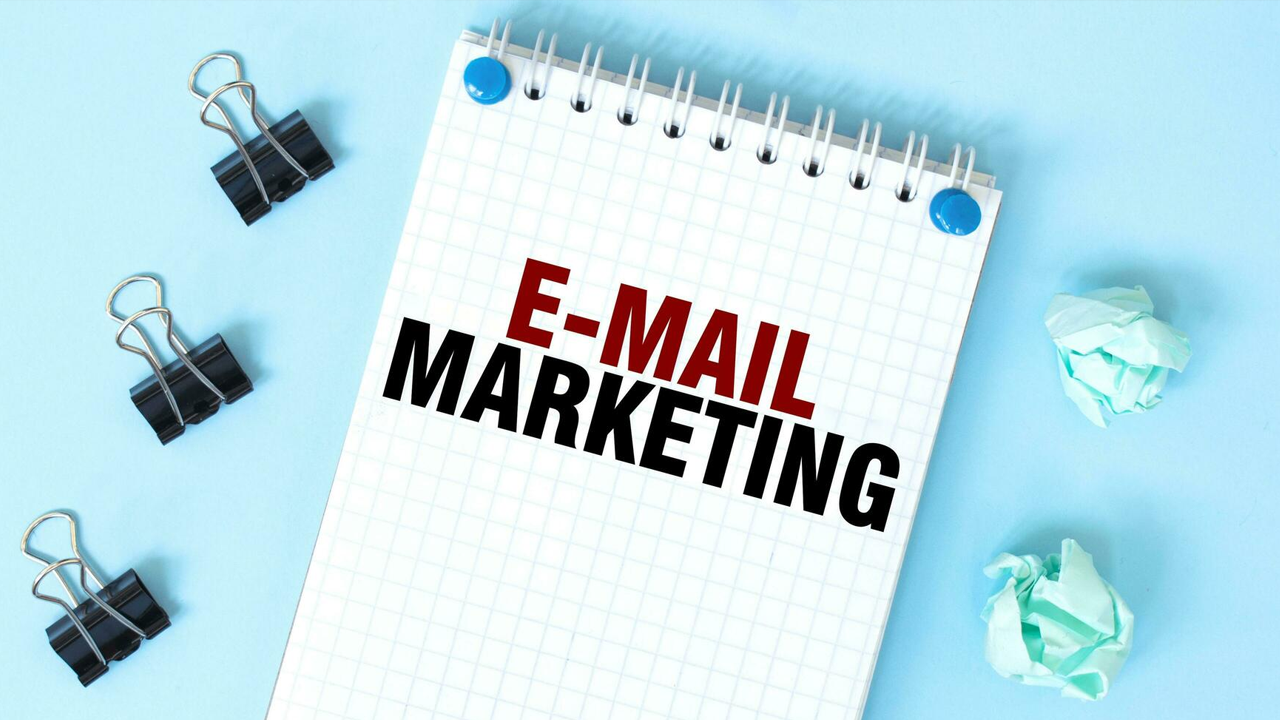
1. Welcome Email Series - Building Strong First Impressions
Welcome emails could end up generating higher revenue in the long run per email compared to other promotional campaigns, making them essential for any effective email marketing strategy. These automated email sequences, powered by automated emails, ensure timely, relevant, and continuous communication with new subscribers, creating powerful first impressions that set the foundation for long-term customer relationships and immediate value delivery.
Multi-email welcome sequences drive 33% more long-term engagement than single welcome messages. Successful brands like Airbnb and Spotify achieve 40%+ open rates by delivering immediate value while introducing their brand’s personality and core value proposition. The key lies in progressive value delivery across multiple touchpoints rather than overwhelming new subscribers with information.
Best practices for welcome email campaigns include immediate acknowledgment of subscription, clear explanation of what subscribers can expect, exclusive welcome offers or content, and strategic introduction of key products or services. Each email in the sequence should provide specific value while gently guiding subscribers toward their first purchase or meaningful engagement.
Implementation tips focus on timing optimization, with the first welcome email sending immediately upon subscription, followed by additional emails spaced 1-3 days apart. Personalized experiences using subscriber data and preferences significantly improve engagement rates and long-term customer retention throughout the customer journey.
2. Abandoned Cart Recovery - Recapturing Lost Revenue
Abandoned cart email campaigns recover 15-25% of abandoned purchases, addressing the $4.6 trillion in annual abandoned cart value worldwide. These automated email sequences represent one of the highest ROI marketing campaigns available, directly converting existing interest into completed purchases. Transactional emails, such as order confirmations, also play a crucial role in building trust and encouraging customers to complete their purchases by providing timely, relevant information after a user action.
Strategic timing for 3-email sequences maximizes recovery rates: the first email sends within 1 hour to catch immediate hesitation, the second after 24 hours with additional product information or social proof, and the third after 72 hours with special incentives or urgency elements designed to entice customers to complete their purchases.
Effective abandoned cart campaigns include personalized product recommendations, clear product images and descriptions, customer reviews and social proof, limited-time discount offers, and simplified checkout processes. The most successful implementations address common purchase hesitations while creating gentle urgency that encourages completion.
3. Segmented Product Recommendations - Driving Repeat Purchases
Behavioral data-driven product recommendation emails achieve 35% higher click-through rates compared to generic promotional emails. Companies like Netflix and Amazon leverage sophisticated customer data analysis to deliver personalized experiences that drive repeat purchases and increase customer lifetime value. A great example is how Amazon uses segmented product recommendations in their email marketing to showcase items based on recent browsing and purchase history, resulting in higher engagement and sales.
Segmentation strategies based on purchase history, browsing behavior, and customer preferences enable highly targeted product suggestions. Dynamic content blocks and AI-powered recommendation engines analyze user behavior patterns to suggest products with the highest probability of purchase, significantly improving conversion rates.
Implementation of personalized recommendations requires integration between email marketing platforms and e-commerce systems to track customer behavior and purchase patterns. The most effective campaigns combine recent browsing data with historical purchase information to create compelling, relevant product suggestions. Brands often send email marketing campaigns with dynamic content to maximize engagement and conversions.
Results from segmented recommendation campaigns include 20% increases in average order value and 50% boosts in customer lifetime value. These improvements stem from delivering relevant content that matches individual customer interests and purchase patterns, creating more satisfying shopping experiences that encourage continued engagement.
4. Re-engagement Campaigns - Winning Back Inactive Subscribers

Re-engagement email campaigns can reactivate 12-15% of dormant subscribers while improving overall email deliverability through strategic list hygiene. These campaigns target email subscribers who haven’t engaged with recent emails, offering special incentives or valuable content to reignite interest. By reigniting interest and preventing churn, re-engagement campaigns help retain customers who might otherwise be lost.
Companies like Grammarly and ClassPass use data insights to identify disengagement patterns and create targeted win-back sequences. Progressive re-engagement campaigns offer escalating incentives, starting with valuable content or exclusive access before progressing to discount codes or special offers for continued non-engagement. These re-engagement efforts can also be part of broader lead nurturing campaigns, which aim to convert inactive subscribers into active customers through targeted content and strategic follow-ups.
Effective re-engagement strategies include “we miss you” messaging that acknowledges the relationship gap, exclusive offers or content for returning subscribers, preference center access to modify email frequency or content types, and clear value propositions that remind subscribers why they originally subscribed.
List hygiene benefits from re-engagement campaigns improve deliverability rates for remaining active subscribers. Removing consistently unengaged subscribers after failed re-engagement attempts enhances sender reputation and ensures that future email campaigns reach engaged, interested audiences more effectively.
5. Limited-Time Promotions - Creating Urgency and FOMO
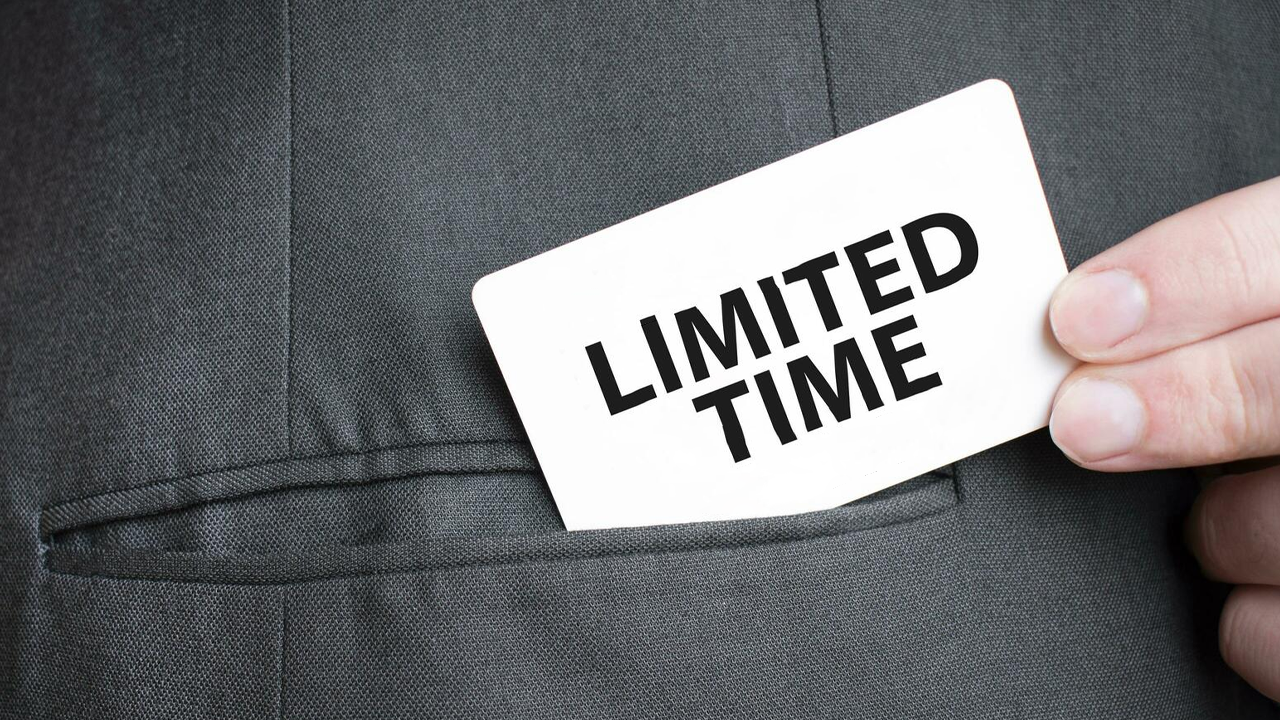
Limited-time promotional campaigns leverage urgency psychology to increase conversions by up to 332%. Brands like Groupon and Booking.com effectively use countdown timers, flash sales, and exclusive member offers to create fear of missing out (FOMO) that drives immediate action.
100% Pure’s “12 Days of Christmas” campaign exemplifies effective urgency marketing, presenting daily time-limited deals that encouraged subscribers to check emails consistently and act quickly. Each day featured unique offers with clear expiration times, creating reliable value while maintaining engagement momentum. Including a discount code in a promotional email can further increase urgency and drive immediate action by providing a time-sensitive incentive for subscribers to make a purchase.
The psychology of urgency and scarcity drives immediate purchasing decisions by triggering loss aversion — the psychological principle that people prefer avoiding losses over acquiring equivalent gains. Authentic urgency through limited inventory, time-sensitive pricing, or exclusive access periods creates compelling reasons for immediate action.
Best practices for limited-time promotions include clear deadline communication, visible countdown timers or progress indicators, genuine scarcity or time limitations, compelling value propositions that justify urgency, and mobile-optimized designs for immediate action. The key lies in balancing urgency with authenticity to maintain long-term brand trust.
6. Educational Newsletter Series - Building Authority and Trust
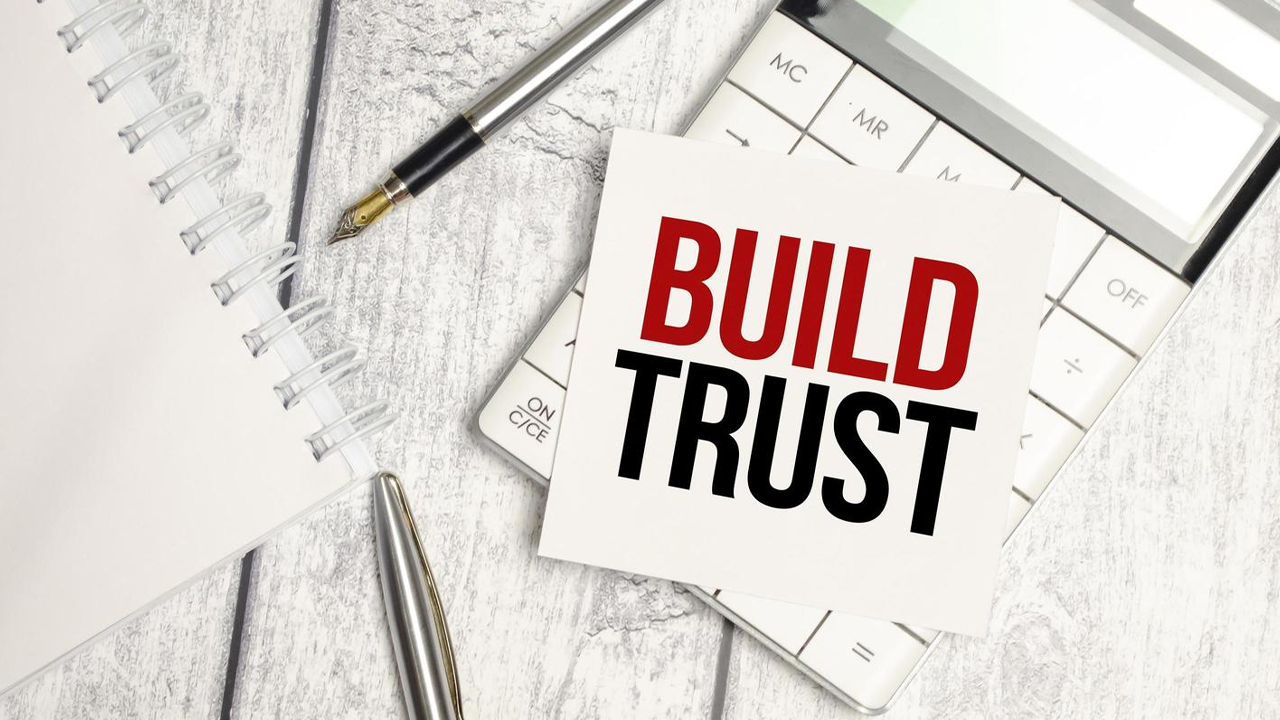
Educational email campaigns achieve 40%+ open rates while driving premium upgrades and long-term customer relationships. Companies like HubSpot and Mailchimp use valuable content including industry insights, tutorials, and trend analyses to build authority while subtly promoting their products and services.
Content strategies for educational newsletters focus on solving subscriber problems, sharing industry expertise, providing actionable tips and tutorials, and offering exclusive insights unavailable elsewhere. Educational newsletters can also foster community engagement by encouraging participation and sharing among subscribers through interactive content, event promotions, or community-focused initiatives. The most successful newsletters balance educational value with subtle product promotion, avoiding overtly sales-focused content.
Educational content builds brand connection and customer relationships by positioning companies as trusted advisors rather than just vendors. This approach particularly benefits B2B companies and service providers where purchase decisions involve longer consideration periods and multiple stakeholders. By addressing the questions and concerns of the potential customer, educational content helps build trust and move them closer to conversion.
Long-term results from educational email campaigns include increased customer lifetime value, higher conversion rates for premium offerings, improved brand loyalty and customer retention, and organic referrals from satisfied subscribers. These campaigns create value beyond immediate sales, building sustainable competitive advantages through customer education and trust.
7. Post-Purchase Follow-up - Maximizing Customer Lifetime Value
Post-purchase email campaigns increase repeat purchases by 290% while building stronger customer relationships through continued engagement. Brands like Warby Parker and Casper use strategic follow-up sequences including delivery updates, usage tips, and complementary product suggestions to maximize customer lifetime value. Transactional post-purchase emails, such as order confirmations and shipping notifications, keep customers informed about their order status, which builds trust and increases satisfaction.
Effective post-purchase sequences begin with order confirmation and shipping notifications, progress to product usage tips and educational content, include review and feedback requests, and conclude with personalized recommendations for complementary products or services.
Cross-selling and upselling opportunities within post-purchase campaigns feel natural and helpful when based on actual purchase history and customer behavior. For example, a customer who purchases running shoes might receive emails about running accessories, training plans, or seasonal gear recommendations.
Review and feedback collection strategies within post-purchase campaigns improve products while generating social proof for future marketing efforts. Satisfied customers become brand advocates, providing testimonials and reviews that enhance credibility for prospective customers throughout their purchase journey.
8. Milestone and Anniversary Campaigns - Celebrating Customer Relationships

Birthday and anniversary email campaigns generate 40% higher transaction rates compared to standard promotional emails. Companies like Starbucks and Sephora leverage customer data to create personalized milestone celebrations that strengthen brand loyalty and encourage repeat purchases.
Personalization strategies for milestone campaigns include subscription anniversaries, birthday offers, purchase anniversaries, loyalty tier achievements, and personal milestone recognition. Integrating a loyalty program into these campaigns can further incentivize repeat purchases and deepen customer relationships by rewarding customers for sharing personal information and engaging with milestone offers. These campaigns make customers feel valued and appreciated, creating emotional connections that extend beyond transactional relationships.
Exclusive offers and VIP treatment for milestone campaigns create special experiences that differentiate loyal customers from new prospects. Limited-time birthday discounts, early access to sales, exclusive products, or personalized gifts demonstrate appreciation while encouraging continued engagement.
Implementation requires automated tracking of customer milestones and reward delivery systems integrated with email marketing platforms. The most effective campaigns feel personal and exclusive, avoiding generic messaging that diminishes the special nature of milestone recognition.
9. Survey and Feedback Campaigns - Driving Engagement and Insights
Customer feedback email campaigns drive 23% more bookings and purchases while providing valuable insights for product and service improvements. Companies like Airbnb and Uber use strategic feedback collection to enhance customer experiences while maintaining engagement with their email subscribers.
Survey design best practices focus on brevity, clear value exchange, mobile-friendly formats, and actionable question types. Effective surveys take 2-3 minutes to complete, explain how feedback will be used, and often include incentives for participation such as discount codes or exclusive content access.
Feedback campaigns that led to product improvements demonstrate genuine customer focus while providing content for future marketing efforts. Sharing how customer feedback influenced product development creates trust and encourages continued participation in feedback programs.
Incentivization strategies for survey participation include entry into prize drawings, exclusive discounts for completion, early access to new products or features, and recognition in customer spotlight features. Follow-up communications thanking participants and sharing results maintain engagement while demonstrating transparency.
10. Seasonal and Holiday Campaigns - Capitalizing on Peak Shopping Periods
Holiday email campaigns generate 481% higher revenue during Black Friday and Christmas seasons compared to regular promotional emails. Retailers like Target and Best Buy maximize seasonal shopping behavior through strategic timing, exclusive offers, and creative themes that create urgency and excitement.
Planning strategies for major holidays should begin 6-8 weeks in advance, with content calendars mapping key shopping dates, promotional themes, and exclusive product launches. When promoting holiday events, it is essential to clearly outline event details in your campaign emails to maximize attendance and engagement. Lesser-known holidays and occasions offer reduced competition and opportunities for creative campaigns that stand out in crowded inboxes.
Creative themes and limited-edition products create exclusivity while driving sales through seasonal excitement. Holiday campaigns work best when they combine timely relevance with clear value propositions, whether through special pricing, exclusive access, or unique product offerings.
Successful seasonal campaigns integrate across marketing channels, with email campaigns supporting social media promotion, website banners, and paid advertising efforts. Consistent messaging and visual branding across channels amplify campaign impact while reinforcing key promotional messages.
Optimizing Email Design and Copy for Maximum Results
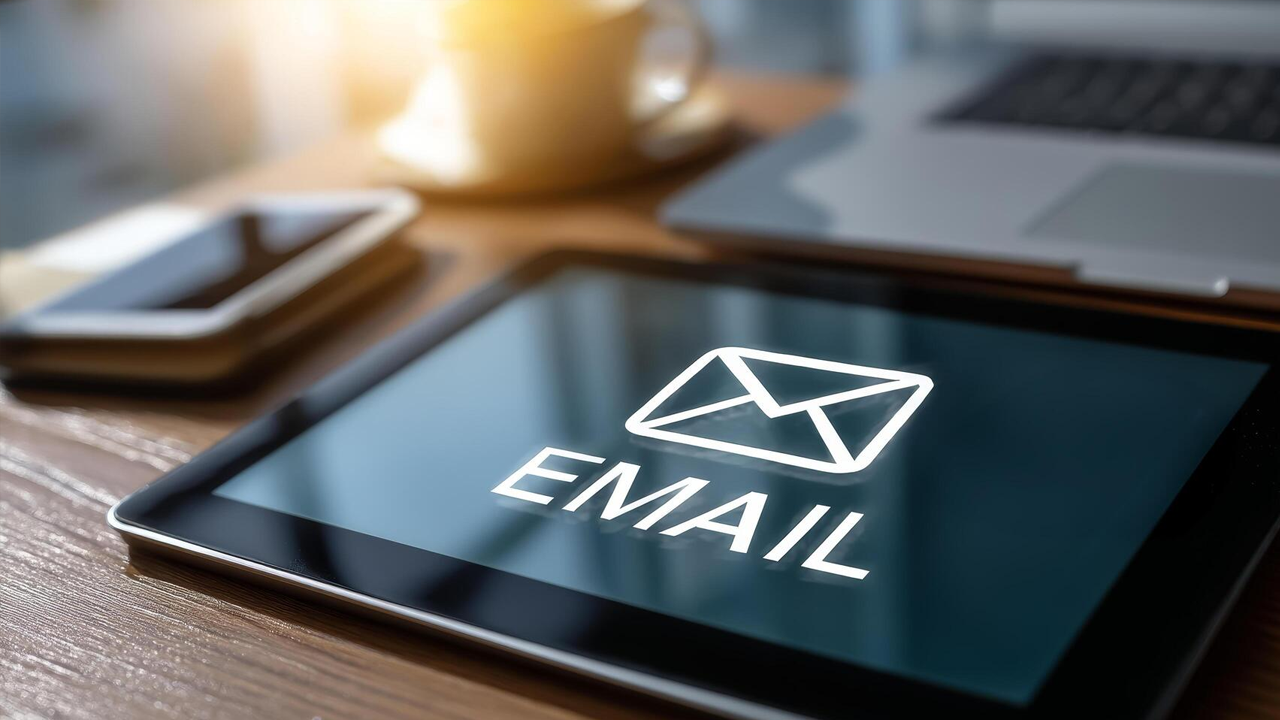
Mobile-first design principles ensure optimal performance since 54% of emails are opened on mobile devices. Successful email campaigns prioritize responsive design, clear visual hierarchy, and simplified navigation that works seamlessly across all devices and email clients.
According to the best guides, killer headers and subject lines are fundamental to creating conversions. Crafting a compelling email subject line can improve open rates by 26% through curiosity-driven language, personalization, urgency indicators, and clear value propositions. A/B testing different email subject line approaches reveals what resonates best with specific audience segments and campaign types.
CTA optimization techniques including strategic placement, color psychology, and action-oriented language significantly impact click-through rates. The most effective email campaigns feature clear, prominent CTAs that stand out visually while using compelling language that encourages immediate action.
Visual hierarchy and scannable content structure improve engagement by making emails easy to digest quickly. Bullet points, short paragraphs, clear headings, and strategic white space help readers quickly identify key information and desired actions.
Brand consistency elements including color schemes, typography, logo placement, and tone of voice build recognition and trust over time. Consistent branding across all email campaigns reinforces brand identity while creating professional, cohesive customer experiences. Adding a personal touch to your email copy can foster authenticity and improve engagement by making communications feel more relatable and sincere.
Measuring Success and Scaling Your Campaigns

Key performance metrics for email marketing campaigns include open rates, click-through rates, conversion rates, and direct revenue attribution. Setting clear, measurable goals for more sales—such as specific percentage increases or sales targets—helps track and improve campaign effectiveness. Advanced analytics should track customer journey progression, lifetime value impact, and campaign ROI to justify continued investment and optimization efforts.
Advanced analytics setup requires integration between email marketing platforms, CRM systems, and e-commerce platforms to track complete customer journeys from email engagement through purchase completion. Proper attribution models help identify which email campaigns drive the highest value customers and sales.
A/B testing frameworks enable continuous optimization through systematic testing of subject lines, send times, content formats, CTA placement, and promotional offers. Successful testing programs focus on one variable at a time while maintaining statistical significance for reliable results.
Automation strategies for scaling successful campaigns include trigger-based sequences, behavioral segmentation, dynamic content personalization, and progressive profiling that enhances customer data over time. Automation allows personalized experiences at scale while reducing manual campaign management requirements.
Integration capabilities with CRM and e-commerce platforms enable sophisticated targeting, personalization, and performance tracking that connects email engagement directly to business outcomes and revenue generation across the entire customer journey.
Conclusion and Next Steps

These 10 email marketing campaign types represent proven strategies for driving measurable results across different industries and business models. From welcome sequences that generate 320% higher revenue to abandoned cart campaigns recovering billions in lost sales, each campaign type offers specific advantages for different business objectives and customer journey stages.
Success with email marketing campaigns requires testing and adapting these strategies to specific audience needs and business goals. What works for one audience may require modification for another, making continuous optimization and performance monitoring essential for long-term success.
Start implementing 2-3 campaign types that align most closely with your immediate business objectives and existing customer data. Welcome email series and abandoned cart campaigns offer quick wins with relatively simple implementation, while segmented recommendation campaigns and educational newsletters build long-term customer relationships.
Recommended tools for implementing these high-converting campaign types include comprehensive email marketing platforms like Klaviyo for e-commerce, HubSpot for B2B lead nurturing, or Mailchimp (integrated with Digistore24!) for small business versatility. Choose platforms that integrate well with your existing systems and provide the automation capabilities needed for scalable campaign management.
Remember that successful email marketing requires a customer-centric approach focused on delivering genuine value rather than just promotional messages. Consistent testing, optimization, and respect for subscriber preferences will build the trust and engagement necessary for long-term email marketing success and sustainable business growth.

